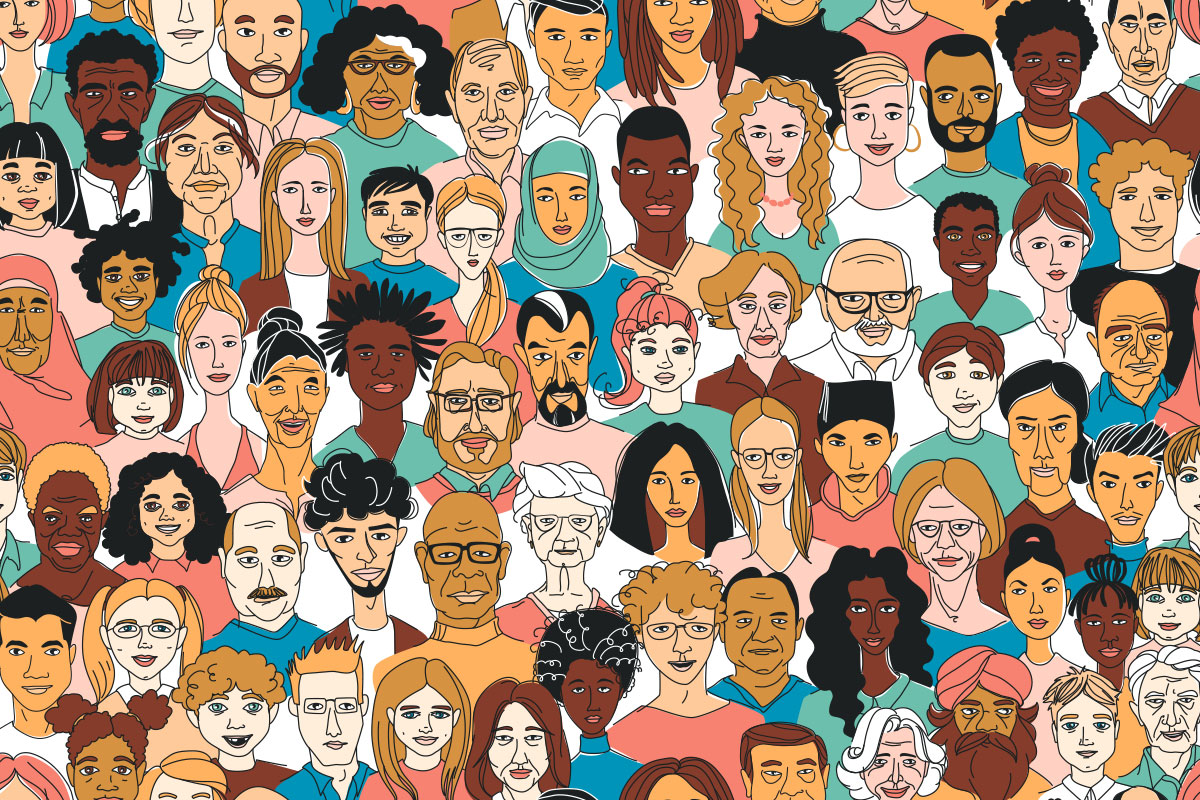Stories: Whose are told and whose remain in the margins?
I’ve always loved learning about History. It was my second favorite subject, first was Math. I was always intrigued by the way stories of people from the past were told, especially when it was a primary source. It excited me to hear a story straight from the source. Now that I’ve had a harsh awakening as to what we get taught in our history classes, I no longer think History is my second favorite subject in school; however, I believe it can change. After taking history classes in college I realized that I was missing out on a lot of major American History. I started reflecting on what I learned in high school and it was mostly about white historical figures. The historical figures of color stories were being marginalized. A change in the curriculum needs to be made so that we no longer have stories that are marginalized.
I’m not saying learning about white history isn’t important, but I don’t understand why we don’t also emphasize the importance of historical figures that are non-white. I remember spending less than a day in class learning about Cesar Chavez, a Mexican-American civil rights activist. There was a small section in our textbook talking about the important things he did for laborers. As a Mexican-American I would’ve liked to learn more about his actions and how he shaped American History. I think it would have made me feel even more proud of where I came from. Our classrooms are becoming more and more diverse every year. It's important that as educators we tend to each student's background, make them feel like their history is important too.


Hey Rebekah! I'm so glad we have the same mentality when it comes to the curriculum for History! I really liked the point you brought up about how our students will be able to see how marginalized groups are being treated. It's so true how clear it is to see, I don't know why our education system would even attempt to cover it up.
ReplyDelete